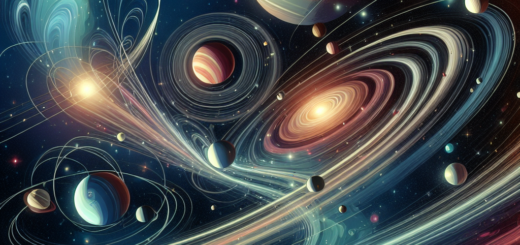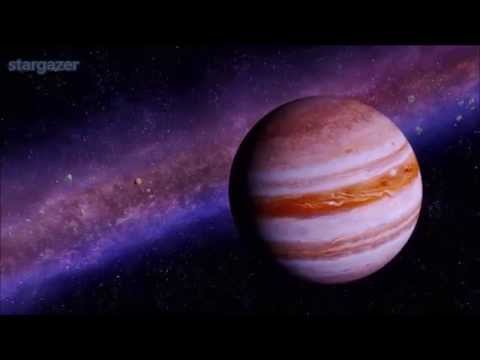Beyond the Stars: The Fascinating World of Celestial Bodies
Beyond the Stars: The Fascinating World of Celestial Bodies
The night sky has always been a source of wonder and fascination for humanity. From ancient civilizations using the stars to navigate the seas, to modern astronomers studying distant galaxies, the celestial bodies that fill our universe have captivated our imaginations for centuries.
One of the most intriguing aspects of the night sky is the vast array of celestial bodies that populate it. From planets and moons to stars and galaxies, each one holds its own unique mysteries and secrets waiting to be discovered.
One of the most well-known celestial bodies is, of course, our own planet Earth. But beyond our home, there are eight other planets in our solar system, each with its own distinct characteristics. From the fiery surface of Mercury to the icy rings of Saturn, each planet offers a glimpse into the diversity of the universe.
In addition to planets, our solar system is also home to a multitude of moons. These natural satellites orbit around their respective planets, providing valuable insights into the history and composition of their parent bodies. For example, Jupiter’s moon Europa is believed to have a subsurface ocean that could potentially harbor life, while Saturn’s moon Titan has a dense atmosphere and liquid methane lakes.
Moving beyond our solar system, the universe is filled with countless stars, each shining brightly in the darkness of space. These giant balls of gas and plasma come in a variety of sizes and colors, with some burning hot and blue, while others cool and red. Stars are not only beautiful to look at, but they also play a crucial role in the formation of galaxies and the creation of new elements.
Finally, galaxies are the largest celestial bodies in the universe, containing billions of stars and vast amounts of interstellar matter. From spiral galaxies like our own Milky Way to elliptical galaxies and irregular galaxies, each one offers a unique glimpse into the structure and evolution of the universe.
In recent years, advancements in technology have allowed astronomers to study celestial bodies in greater detail than ever before. Telescopes like the Hubble Space Telescope have provided stunning images of distant galaxies, while space probes like the Voyager missions have given us a close-up look at planets and moons within our own solar system.
As our understanding of celestial bodies continues to grow, so too does our appreciation for the beauty and complexity of the universe. Whether you’re a professional astronomer or simply a stargazing enthusiast, the world beyond the stars offers endless opportunities for exploration and discovery. So next time you look up at the night sky, take a moment to marvel at the wonders that lie beyond our own little corner of the cosmos.













